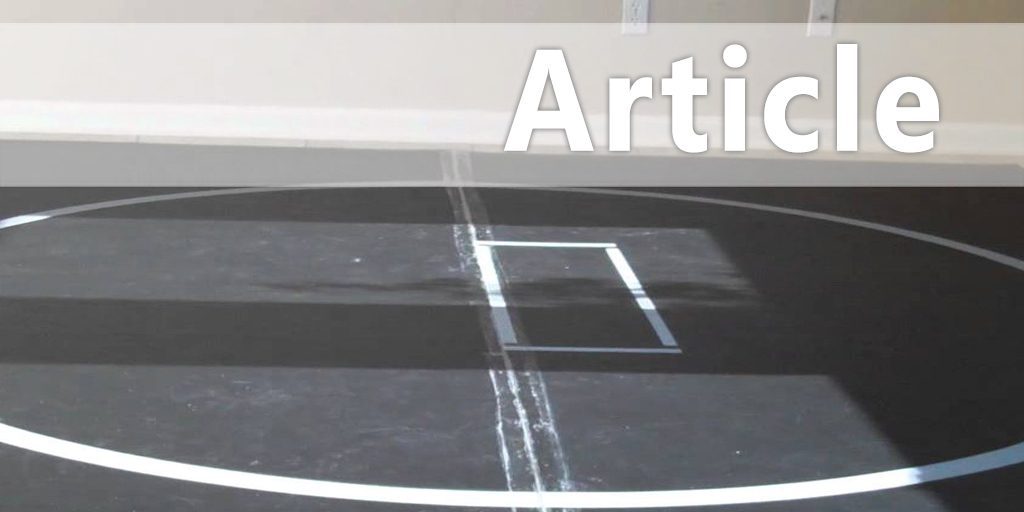| Evaluating Practices
Originally Published in The Wrestling Drill Book - Human Kinetics
To have a successful program, you must develop practice sessions that benefit each wrestler. You need to match practice strategies with the wrestlers' ability levels. Here are general questions you want to ask yourself after each practice:
On a more detailed basis, you must continually watch for wrestler strengths, but more important, wrestlers' weaknesses. Always be aware of wrestlers' mistakes and correct them immediately. The following is a sample checklist of weaknesses to eliminate in the three wrestling positions. The wrestler's feet are much too close together or too far apart. The wrestler is standing up too straight (lower center of gravity, the hips). The wrestler has his elbows out too far. The wrestler is reaching for his opponent rather than penetrating. The wrestler is looking at his opponent's face or feet instead of focusing attention on his opponent's center of gravity (hips). The wrestler is backing away from his opponent. The wrestler is not crossfacing properly. The wrestler is not sprawling on his toes. The wrestler is putting too much weight-on his heels. The wrestler is riding too high (readjust center of gravity, the hips). The wrestler is not on his toes while riding opponent. The wrestler is locking hands on the mat. The wrestler is pulling his opponent on top of him instead of riding with weight pressured on his opponent. The wrestler is too parallel while riding or pinning his opponent. The wrestler has his head too far over his opponent's back on the far side. The wrestler has all his weight on his knees while riding his opponent. The wrestler is repeatedly assuming an incorrect starting position on top. The wrestler reacts too slowly on top when the whistle blows. The wrestler is stopping after one move. The wrestler is sitting-out too far. The wrestler is not changing direction. The wrestler is balling up, making him easy prey for a cradle. The wrestler is not controlling his opponent's hands when standing up. The wrestler is leaning too far forward when assuming the referee's position (lower center of gravity, the hips). The wrestler is lying on his belly with elbows close to his body. The wrestler is looking toward his opponent's half nelson. The wrestler is hesitating on the bottom when the whistle blows (needs to curl toes). Remember, you must correct wrestlers' mistakes as soon as possible. If not, those mistakes will become bad habits. However, there is one exception regarding the evaluation of wrestlers during practice: individual wrestler creativity. To be a perceptive coach, you must have the wisdom to accept the unique-ness of all wrestlers on your team. In fact, you will sometimes need to compromise when interacting with your athletes. Consider the following. When your wrestlers begin to perfect their essential wrestling skills, you may observe a wrestler who is unconsciously adding a subtle variation to a specific move he has learned. Furthermore, he is having a high degree of success with the maneuver. Should you stop it? No. As long as the variation is, for the most part, fundamentally sound, let it be. Occasionally, a slight modification of a move may be very appropriate for the body type of a specific wrestler. However, if a move's variation involves a bad habit that could potentially get the wrestler in trouble, do not hesitate to break him of it. Individual wrestler creativity can also be a valuable learning experience for the coach. A good analogy would be the high school math instructor who shows his class how to solve some problems assigned for homework. As he is checking papers the next day, the teacher finds that one student devised his own alternative method for solving the problems, one that is also fundamentally sound. Thus, both the teacher and student learn. Such is often the case when coaching wrestlers with unique physical abilities. |






